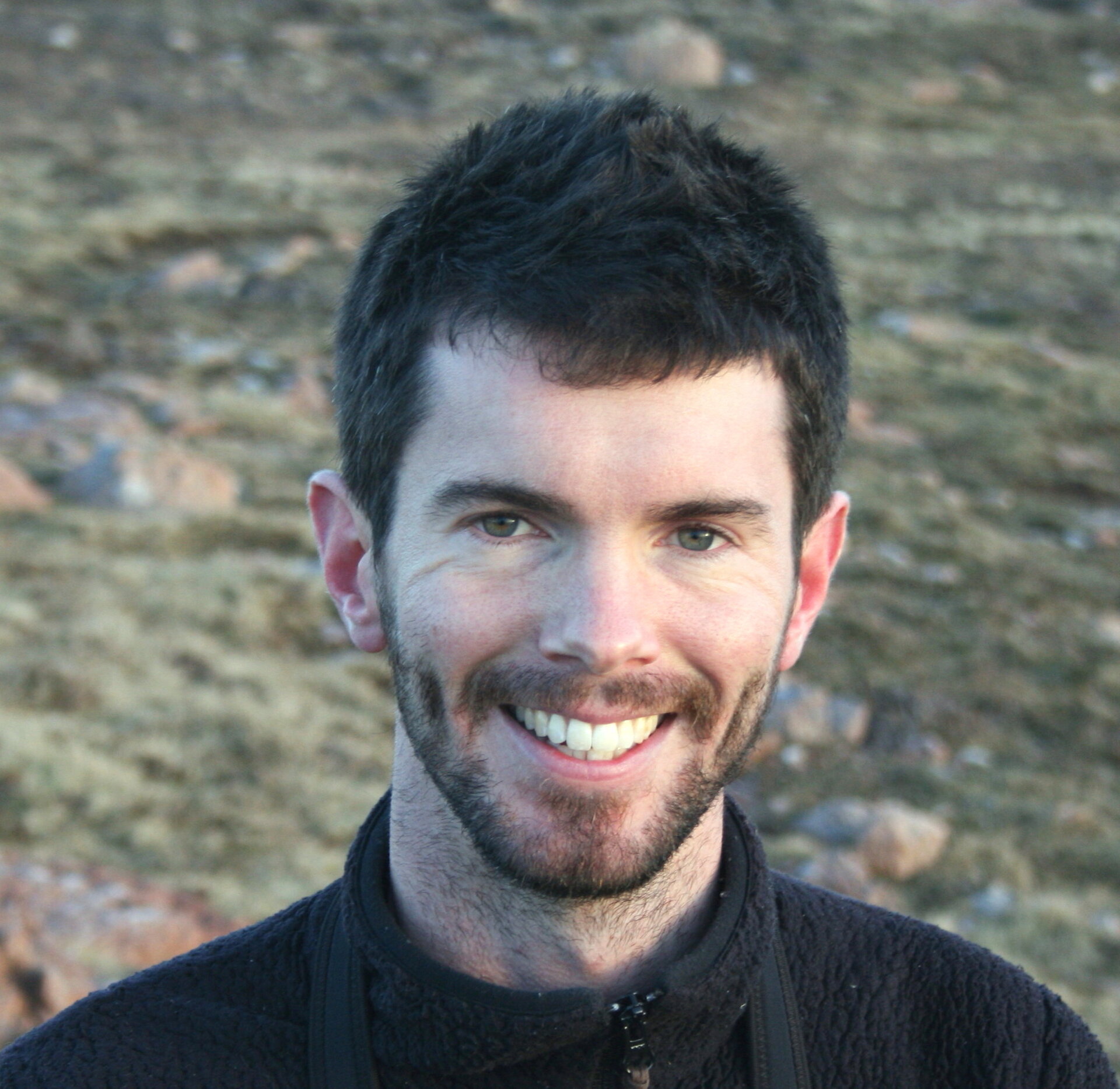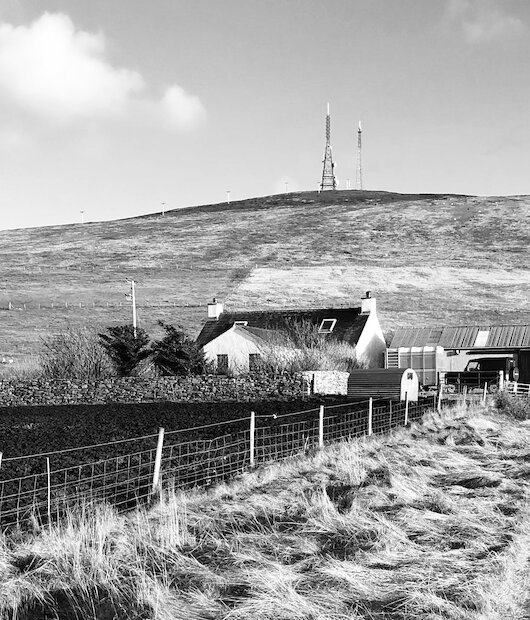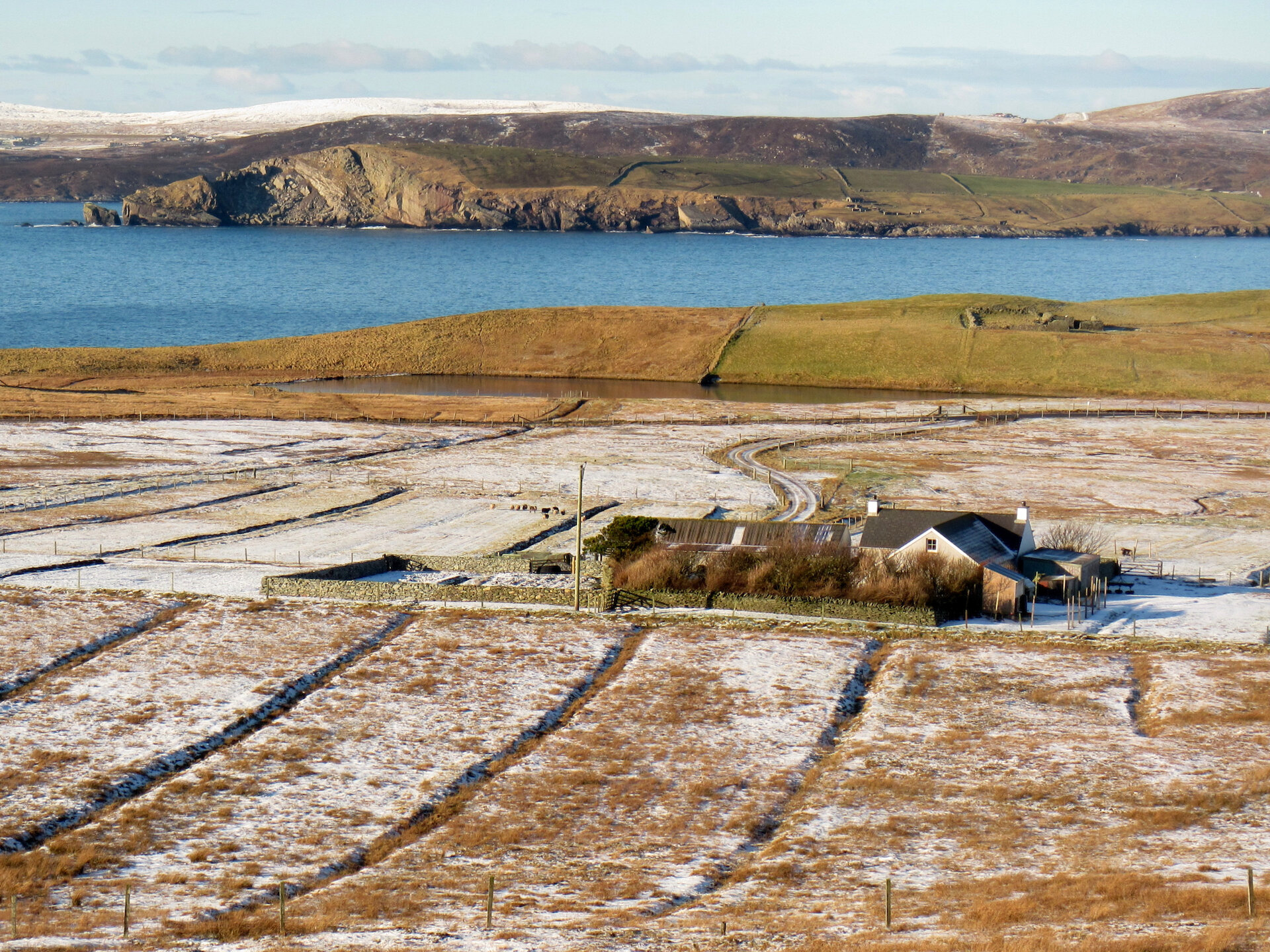In April 2006, I was 24 years old and standing at a train station over 600 miles away from Shetland in Hull, East Yorkshire.
The ground-breaking Planet Earth television series, narrated by David Attenborough and accompanied by the mesmerising, uplifting music of Icelandic band Sigur Rós, was everywhere and seemed to be telling me there was more to explore and discover. A fresh start.
I had an interview for an archaeological job in Shetland although, not having visited before, it seemed a rational decision to take a couple of days and travel within the isles to build a picture of whether this was somewhere I would be happy to live. Six hours on a train with a few changes, a brisk walk through bustling Aberdeen city centre and checking in for the overnight ferry to Lerwick. Spring was in the air.
As morning dawned, spring had morphed into summer and on entering Bressay Sound shortly before 7am, breakfast was enjoyed against the backdrop of a cloudless sky with seabirds arcing overhead and the spectacular 180m cliffs of the island of Noss (where I later got married, but that’s another story!) clearly visible.
It’s perhaps fair to say that many people travelling to Shetland for the first time immediately recognise the relative absence of trees, a combination of prevailing North Atlantic winds and saline environment. As an archaeologist and historian, I could not quite believe my luck! The landscape was illuminated as a canvas, a living tapestry where, for over six millennia, the activity of human settlement has been fossilised and preserved.
From prehistoric houses to Iron Age brochs and from Viking longhouses to post-medieval castles and vernacular architecture, Shetland had it all within the first 24 hours.
And yet, the following morning, apocalypse! An enthralling westerly gale brought wind, rain and hailstones that helpfully compelled me to improve my outdoor wardrobe with alacrity once I had made the move north.



